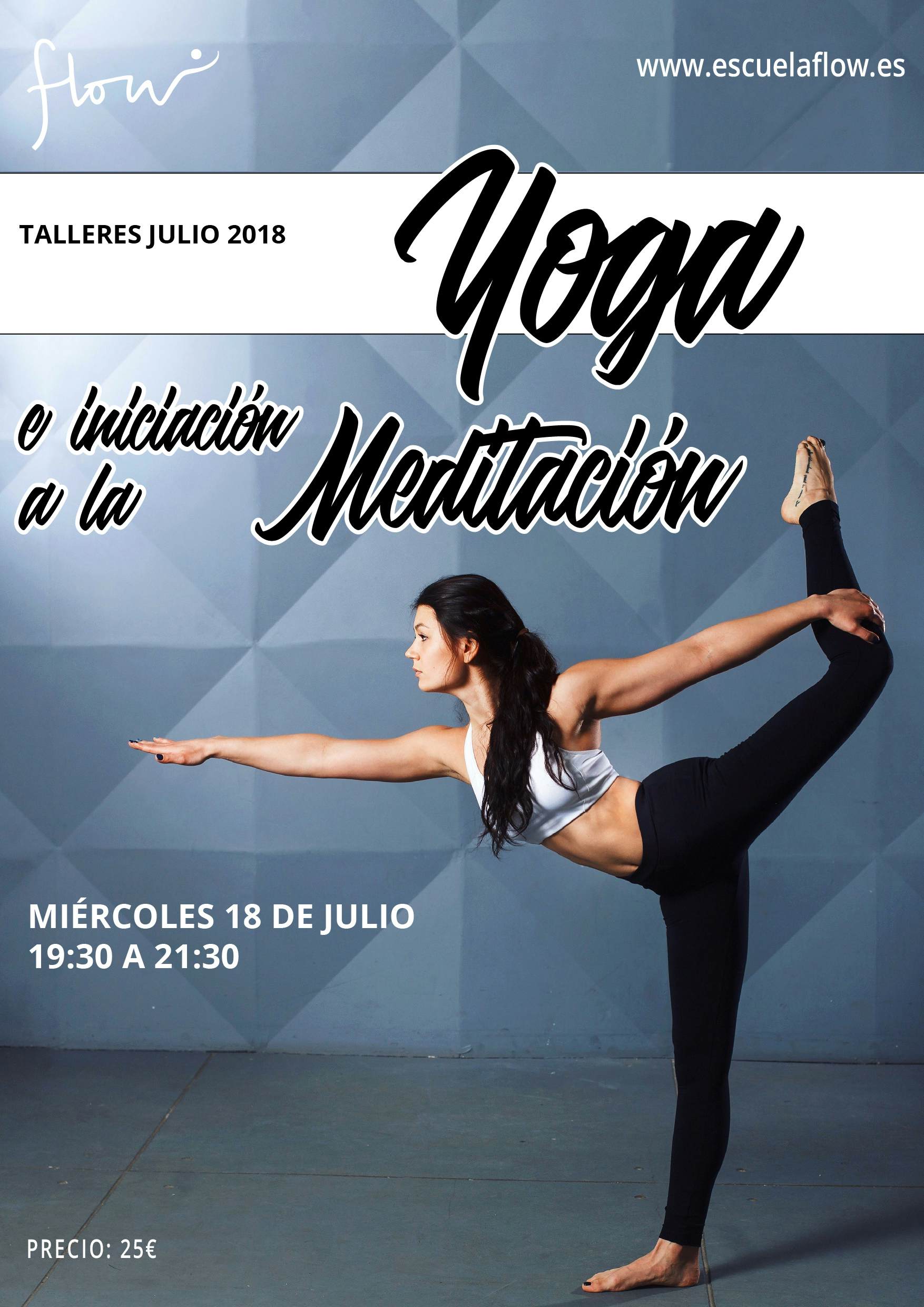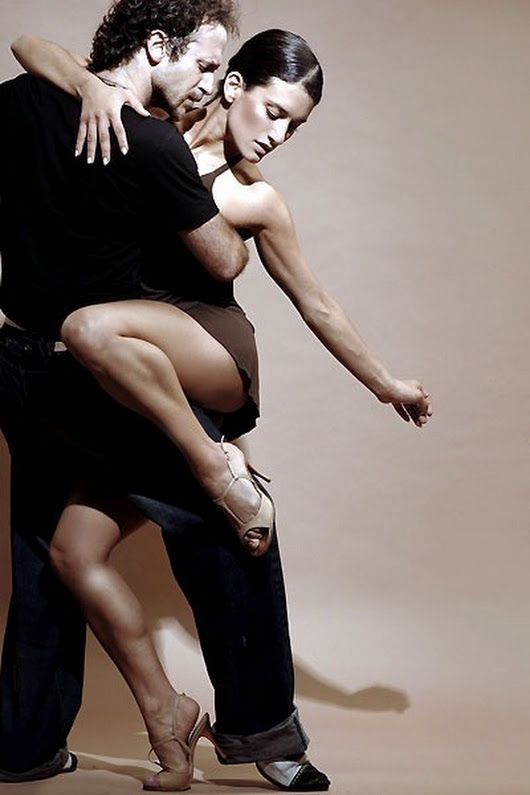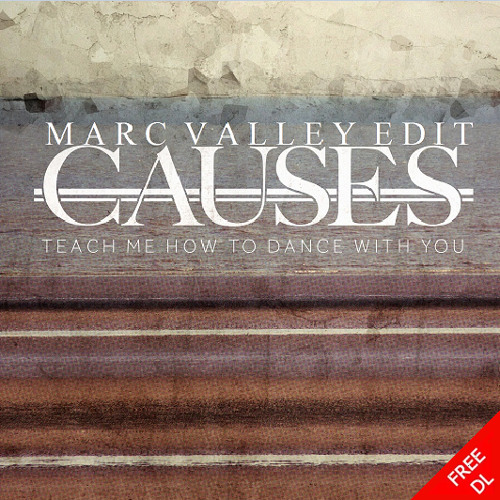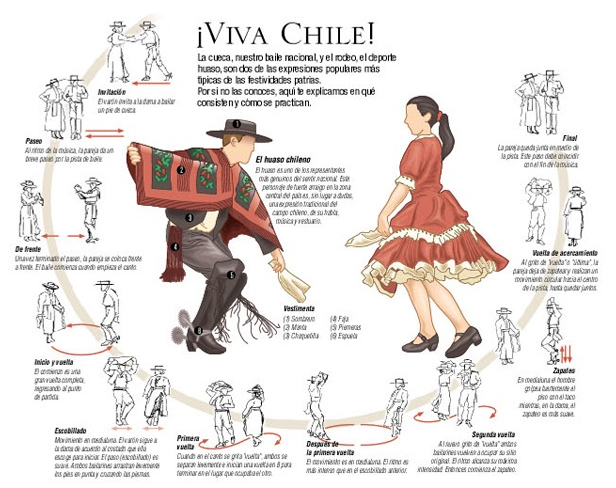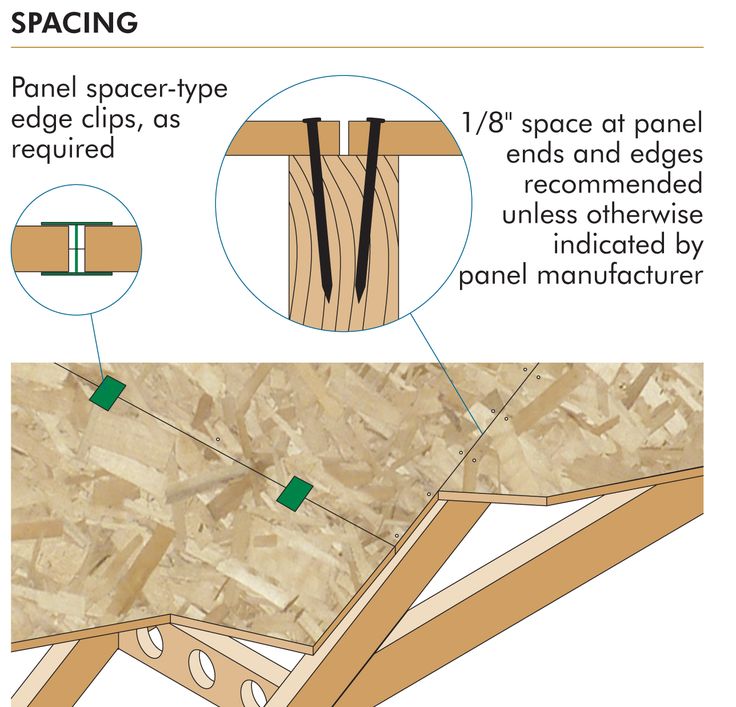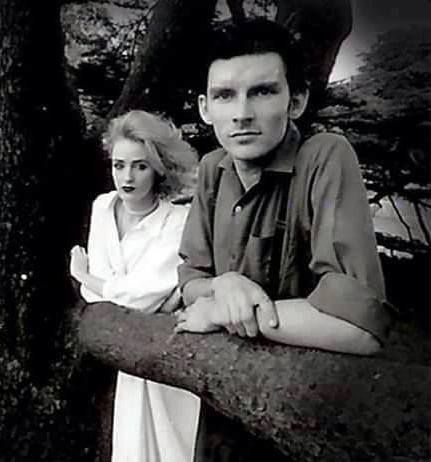How to get a dancer body workout
How to Exercise Like a Dancer in the Body You Have
When people talk about a “dancer body,” they’re typically referring to a body that’s long and lean. It’s often associated with slimmer frames.
The term is used to describe a specific look. However, it doesn’t mean dancing is limited to certain body types. Dance can be enjoyed by anyone, regardless of their shape and size.
Moreover, dancing is an aerobic exercise with amazing health advantages. The activity can improve endurance, coordination, and more.
You don’t need a “dancer body” to enjoy these benefits, though. What matters most is that your body is healthy. This is what will make you feel good and strong, along with eating well, staying active, and viewing your body in a positive light.
If you’re interested in dance-based exercises, try the workouts in this article. Done regularly, these techniques will help you achieve your version of a healthy body.
As a form of cardio exercise, dance can enhance multiple aspects of your health.
Potential benefits of dance include:
- weight loss or maintenance
- increased heart health
- stronger muscles
- improved endurance
- increased bone strength
- improved self-esteem
- better balance and coordination
- improved mood and energy
- enhanced mental function
- better sleep
- anxiety and stress relief
There are countless ways to exercise like a dancer. One technique is to simply get up and move to your favorite song!
But if you’d like a choreographed routine, try any of the following dance-style workouts.
Barre
Barre is a ballet-inspired fitness program. It involves high repetitions and pulsing, which improves your endurance. Barre moves are typically adapted from ballet, Pilates, and yoga.
The exercise, which mainly uses your body weight, is done at a ballet barre. The goal is to tone the muscles while improving overall strength.
Barre techniques include:
Plié
Share on Pinterest
The plié is a basic ballet movement.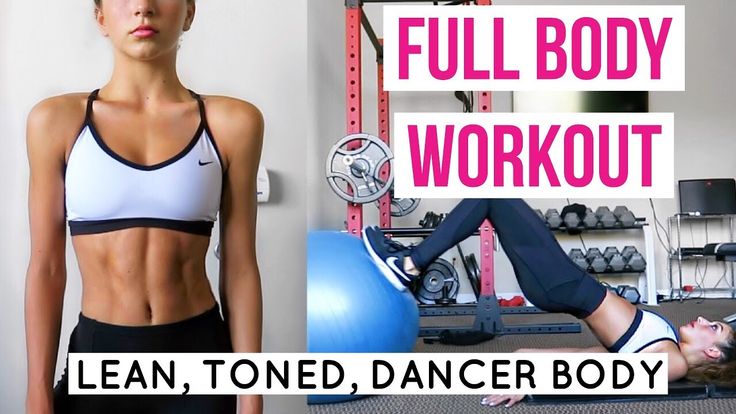 It engages your upper leg muscles, including your glutes and quads.
It engages your upper leg muscles, including your glutes and quads.
- Stand up straight. Place your feet together. Pull down your shoulders and tuck your tailbone toward the floor.
- Rotate your feet outward, heels together. Contract your glutes and thighs.
- Bend your knees without lifting your heels. Engage your core.
- Return to starting position.
Arabesque leg lift
This exercise is inspired by arabesque, a classic ballet move. Like the plié, arabesque works the glutes and thigh muscles.
- Stand in front of a barre or sturdy chair. Place your hands on the edge and face your feet forward.
- Step your right leg back, toes pointing behind you. Bend your left knee. Hinge forward from your hips, spine straight.
- Engage your core. Lift your right leg until it’s level with your hips. Lower your leg and tap the floor. Repeat.
- Switch legs and repeat.
Pilates
Pilates involves low impact flexibility, stability, and endurance movements. It focuses on core and muscle strength, along with postural alignment.
It focuses on core and muscle strength, along with postural alignment.
The workout is excellent for sculpting your muscles. Many moves are dance-inspired, such as:
Plié slides
Plié slides challenge your thigh muscles, including your quads and glutes. They combine the basic ballet position with an extra leg movement.
- Stand with your feet slightly wider than shoulder-width apart. Point your toes outward, feet under knees. Place a sliding disc or towel under one foot.
- Move the foot to the side. Bend your knees until your thighs are parallel to the floor. Pause.
- Slide your foot into starting position. Repeat.
- Switch legs and repeat.
Pilates roll up
Share on Pinterest
As a standard Pilates move, the Pilates roll-up works your abs and back.
- Start on your back on a mat. Straighten your legs, relax your shoulders, and engage your core.
- Lift your arms, pointing to the wall behind you.
- Move your arms overhead.
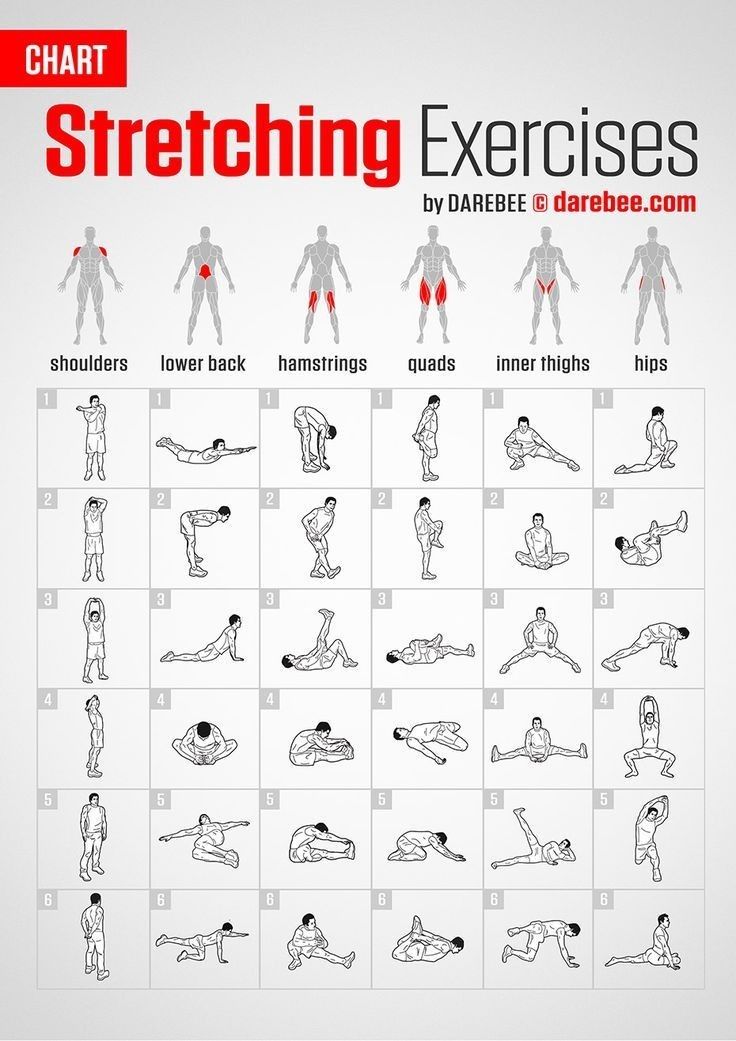 Drop your chin and lift your upper back. Engage your abs, curling up the rest of your body.
Drop your chin and lift your upper back. Engage your abs, curling up the rest of your body. - Continue until you’re sitting up. Extend your arms like a ballerina.
- Pull your abs in, lower your body, and return to starting position. Repeat.
Zumba
For a high energy workout, try Zumba. It features aerobics and dance moves performed to Latin American music.
Since Zumba involves the entire body, you’ll get a great full body workout. This helps tone muscles and improve endurance.
Try these Zumba moves:
Biceps bounce
Share on Pinterest
This technique increases your heart rate while working the biceps and hamstrings. You can do it with or without weights.
- Place your feet slightly wider than hip-width. Move to the side, extend the opposite foot, and tap the floor. Keep alternating sides.
- To add the biceps curl, bring both arms to your chest as you step to the side.
- To add the hamstring curl, lift the extended foot toward your butt.
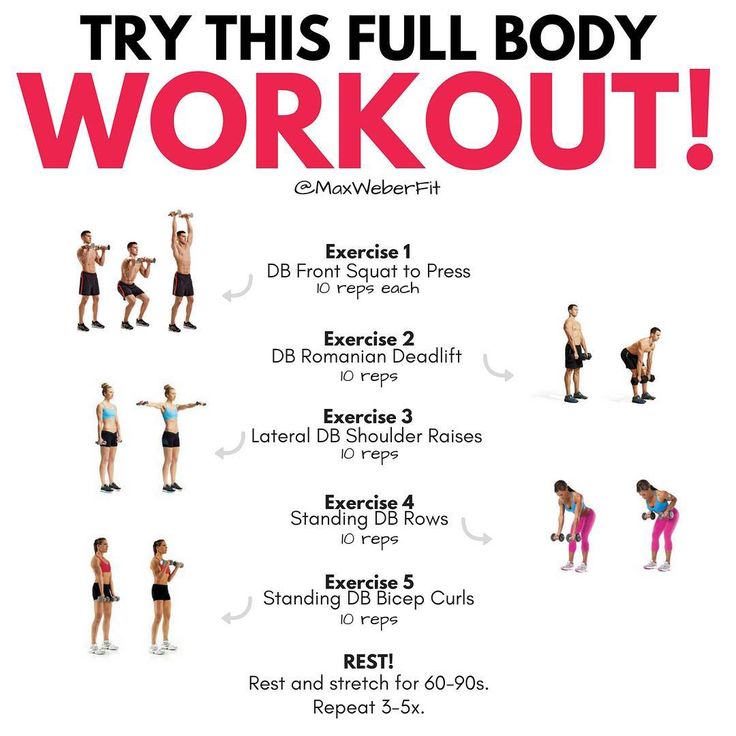 Continue alternating sides.
Continue alternating sides.
Slide
Slides challenge your legs and arms while raising your heart rate.
- Place your feet wider than hip-width. Step to the side, slightly bending your knees in that direction. Bring your feet together.
- Repeat in the opposite direction. Continue stepping side to side.
- To add the arms, lift your arms to shoulder level each time you step. Repeat.
Step aerobics
Step aerobics combines upbeat music, choreographed moves, and a raised platform. Stepping on the platform engages your muscles and gets your heart pumping.
Standard moves include:
Basic right
Share on Pinterest
- Stand in front of a step. Place your right foot on top.
- Step up with your left foot, then step back with your right.
- Step back with your left foot.
To do a basic left, lead with your left foot instead of your right.
Step up knee lift
- Stand in front of a step.
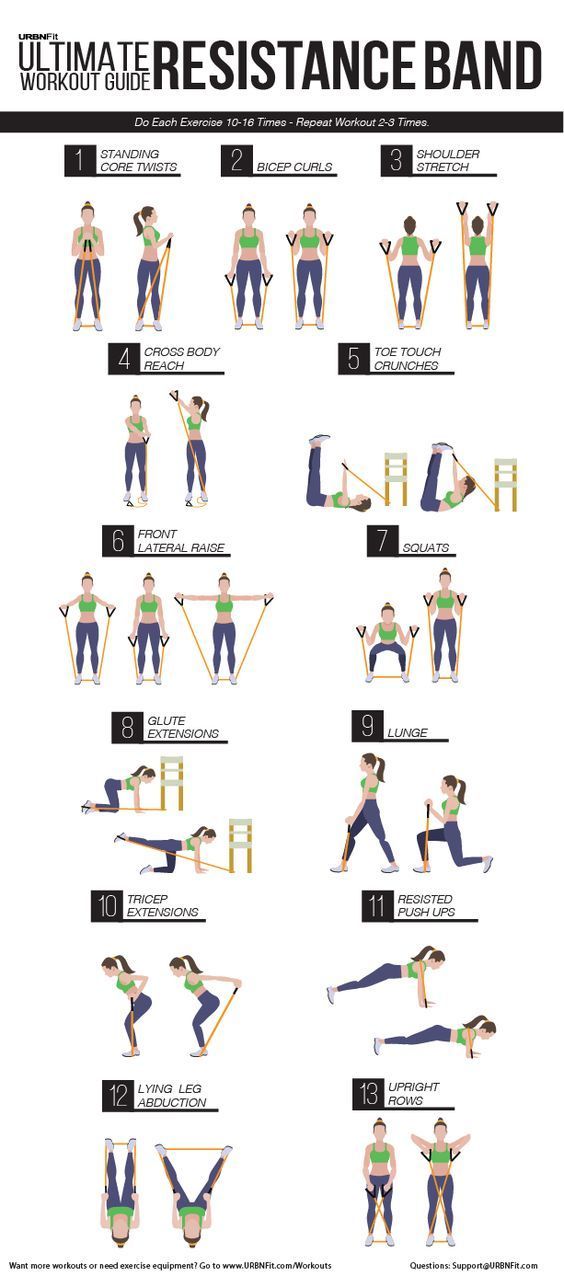 Place your right foot on top.
Place your right foot on top. - Lift your body up, bending your left knee to your chest. Simultaneously bend your right elbow, bringing your right hand to your shoulder.
- Step your left foot back and lower your arm. Step your right foot back. Repeat.
If you’d like to tone your muscles or lose weight, dancing can help. But as you move to the beat, try to focus on the overall benefits instead of obtaining a specific look.
What’s most important is that your body is healthy. This will help you manage any health conditions and reduce your risk of chronic disease.
After all, there isn’t a certain look that indicates wellness. Strong, healthy bodies come in all shapes and sizes.
Dancing can help you achieve your version of health. It also gives you a chance to practice body positivity, which promotes physical and mental health.
As you explore dance-inspired exercise, here’s what you can do to become more body positive:
- Appreciate how your body can perform a routine.

- Recognize how dancing makes you feel.
- Notice positive changes in your mood, energy, and endurance.
- Honor the experience of learning something new.
- Avoid comparing yourself to other dancers.
By focusing on the amazing things your body can do, you can develop a healthier body image through dance.
Exercise is just one part of a healthy body. It’s also important to eat a well-balanced, nutritious diet.
In general, this includes:
- Fruits and vegetables. These are rich in fiber, antioxidants, and vitamins. Make at least half your meal vegetables, and enjoy fruits as nutritious snacks.
- More whole grains. Unlike refined grains, whole grains like quinoa and oatmeal are high in essential nutrients.
- Lean protein. Enjoy a variety of lean protein, such as eggs, beans, and chicken breast.
- Less added sodium and sugars. Cut back on excess salt and sugar by eating less packaged or frozen foods.
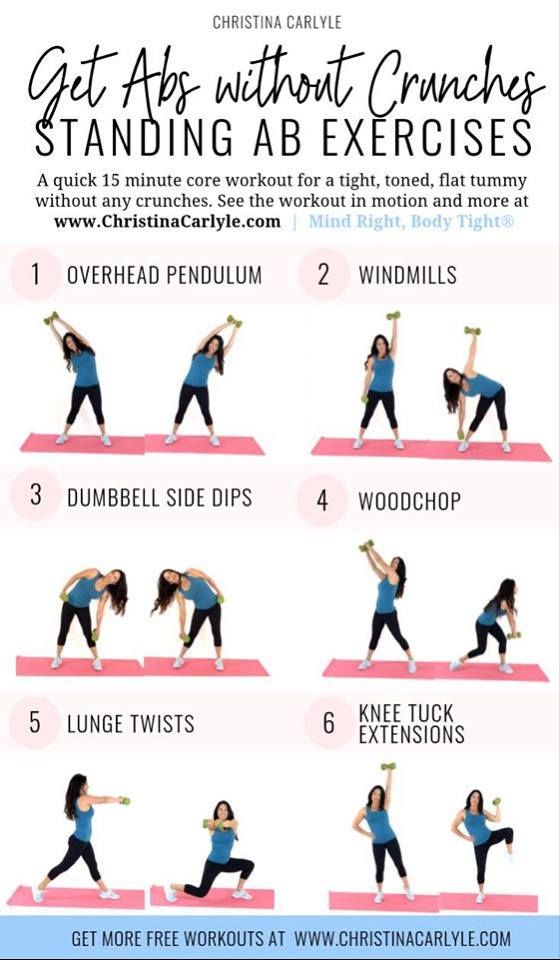
- Healthy fats. Replace saturated fat with healthy unsaturated fat, like omega-3.
If you’re unsure where to start, aim to eat whole foods instead of processed foods. This is key for weight maintenance and overall health.
Talk to a trained professional if you’re looking for health-related guidance. An expert can provide personalized advice based on your needs and goals.
You can consult a pro if you need help with:
- Nutrition. A dietitian is a nutrition expert who can help you practice healthy eating. Visit the Academy of Nutrition and Dietetics to find one.
- Exercise. For customized exercise instruction, work with a personal trainer. Find one through the American Council on Exercise.
- Body image. If you’re struggling with body image, meet with a mental health professional. Your doctor can refer you to a therapist or other expert in your area, or you can look for a psychologist via the American Psychological Association.
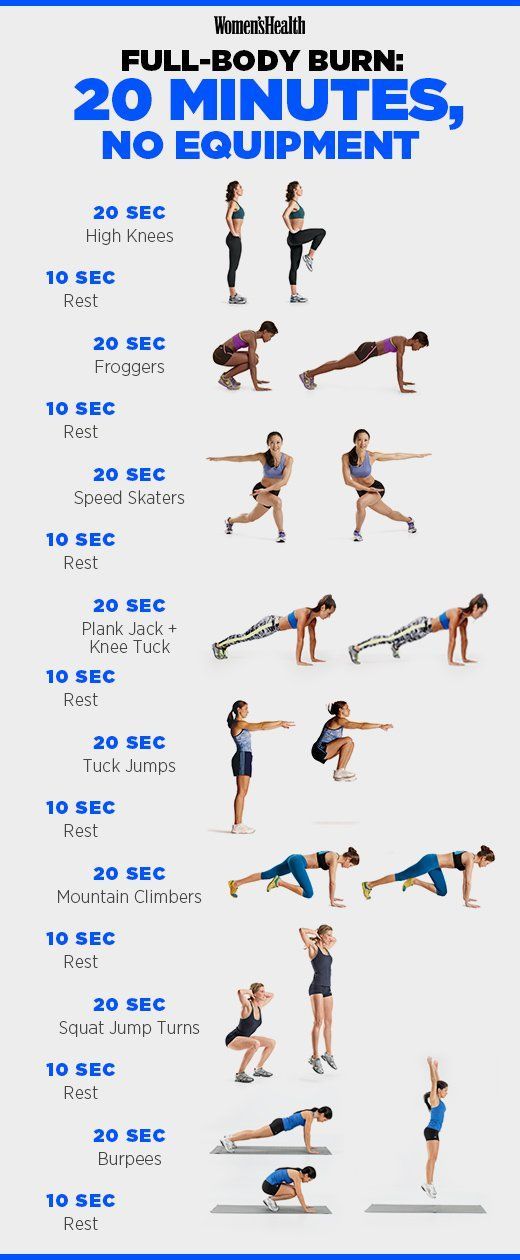
If you want to exercise like a dancer, try a program like barre or Zumba. These workouts combine dance choreography with endurance and stability moves.
However, this doesn’t mean you have to have a slim “dancer body” to be healthy. The goal is to improve overall wellness through regular physical activity, healthy eating, and body positivity.
How to Get a Dancer's Body
Media Platforms Design Team
Simone De La Rue is responsible for the covetable toned limbs and abs of a bevy of boldface names like Karolina Kurkova, Naomi Watts and Sandra Bullock. Her clients, devotees of the Body by Simone method (or BBS for short), swear by her powerful dance cardio sweat sessions and tailored toning moves. The Aussie (who was born in England) opened her personal studio in November of 2011 and is quickly taking over the dance fitness world. "At some point in their lives every woman has danced, or wanted to dance," she says of the cult workout movement. But her studio is more than just a way to get in shape for the new year, it's a place to hang with your girlfriends and let loose.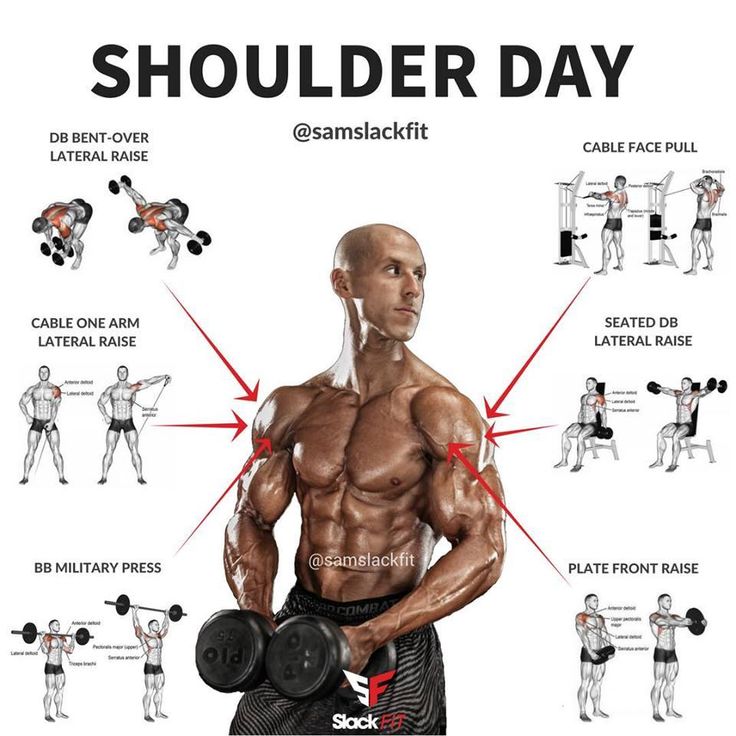 "I always say, leave your ego at the door. I don't care if you don't get the step right. Just keep moving!" Click through to learn the secrets behind her BBS method.
"I always say, leave your ego at the door. I don't care if you don't get the step right. Just keep moving!" Click through to learn the secrets behind her BBS method.
Media Platforms Design Team
1 of 4
Harper’s Bazaar: How did you get into fitness?
Simone De La Rue: I danced all my life and accidentally fell into fitness. I trained in classical ballet from the age of 3 and worked professionally for 16 years — I did the West End in London and Broadway here in New York. And it happens that one of the shows I was supposed to be doing was canceled two days before we were supposed to start rehearsals. And that was supposed to be a year-long contract. I had been working in fitness on the side at the time and it also happened to be the start of everyone’s obsession with wanting to have a dancer's body — it was The Black Swan era.
HB: So how do you get a dancer’s body?
SDLR: The typical way to get a dancers body is… dance! It’s because dance is a total body workout.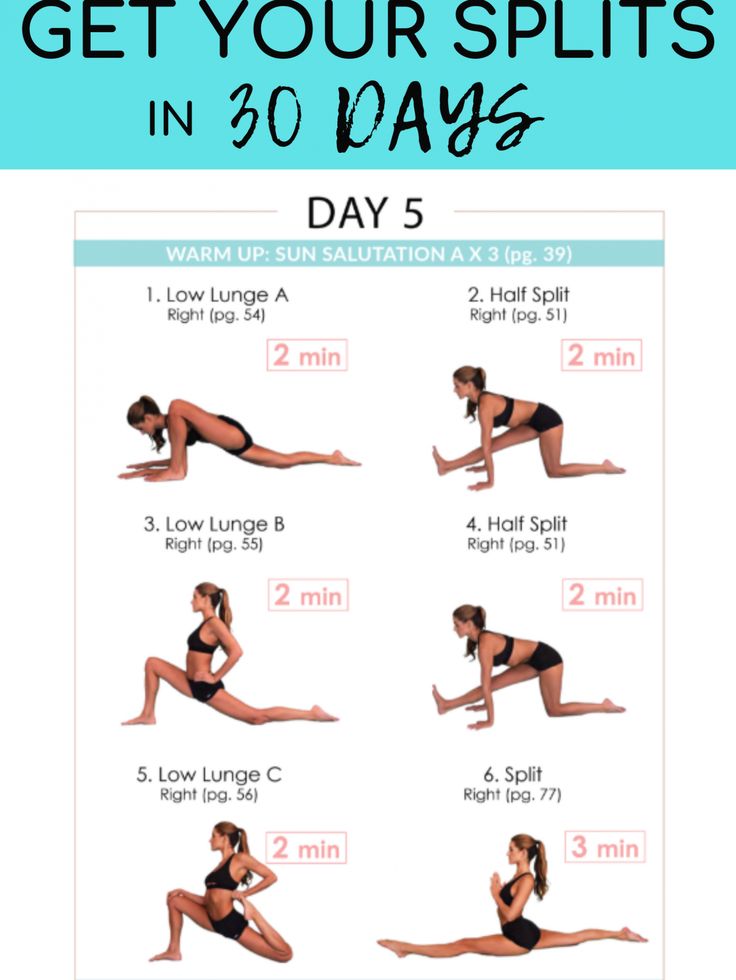 You are not sitting on a bike and cycling or running or weight training. The idea is the body is long and lean and never at rest, just really burning calories. It’s fluid, liquid-like movement, and it’s continuous. I developed my technique, Body by Simone, over years of being a professional dancer. You do 8 shows a week, and it gets quite strenuous on the body and repetitive. So before a show, you have half an hour on the stage where you can warm up. And that is where I created my BBS warm up that I used over the years to protect my body from injury. I kind of combined little bits of it into what is now my signature cardio dance routines.
You are not sitting on a bike and cycling or running or weight training. The idea is the body is long and lean and never at rest, just really burning calories. It’s fluid, liquid-like movement, and it’s continuous. I developed my technique, Body by Simone, over years of being a professional dancer. You do 8 shows a week, and it gets quite strenuous on the body and repetitive. So before a show, you have half an hour on the stage where you can warm up. And that is where I created my BBS warm up that I used over the years to protect my body from injury. I kind of combined little bits of it into what is now my signature cardio dance routines.
Media Platforms Design Team
2 of 4
HB: Growing up as a professional dancer did you always find that the industry had a relatively healthy body image?
SDLR: No, it is tough, especially for me since I grew up in classical ballet. I’m lucky I never had an eating disorder. Some of my friends did. That is why I took a detour to musicals, they are a little more accepting of different shapes.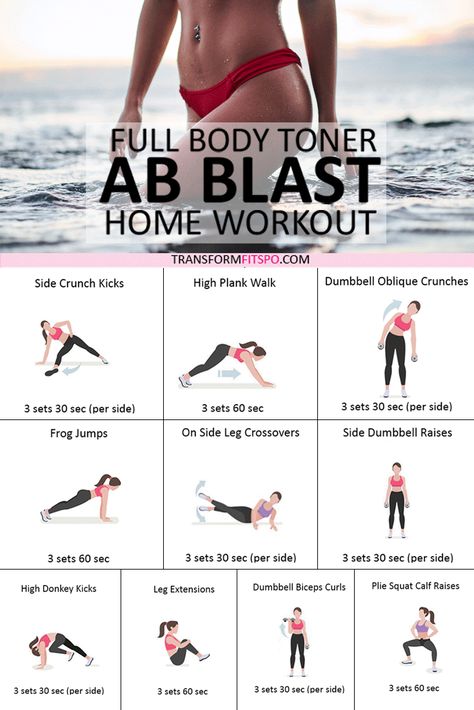 I’ve got really broad shoulders and I still remember the day when I was 16 and the ballet school didn’t even let me dance, it was like being a model, they just made me stand there and turn, turn, turn, while they judged me.
I’ve got really broad shoulders and I still remember the day when I was 16 and the ballet school didn’t even let me dance, it was like being a model, they just made me stand there and turn, turn, turn, while they judged me.
HB: Can you explain the BBS method further and why it works so well.
SDLR: The classes we offer complement each other. It is basically 45 minutes to an hour of dance cardio and the other hour is just strictly toning. Obviously people don’t have 2 hours a day to work out, so we also do some classes that are 45 minute body blasts. You need at least 20 minutes of cardio a day, I think. It used to be you were supposed to do 30 minutes straight and now scientific research has said short 10 minute bursts tend to work better. So you do like 10 minutes of cardio, sculpting and arms, then more cardio. Plus, it goes faster.
HB: Any recommendations for nutrition, any hard fast rules?
SDLR: I think fitness is 80% diet, 20% exercise, which as someone in my field I should be saying 80% exercise, but it really is about what you eat.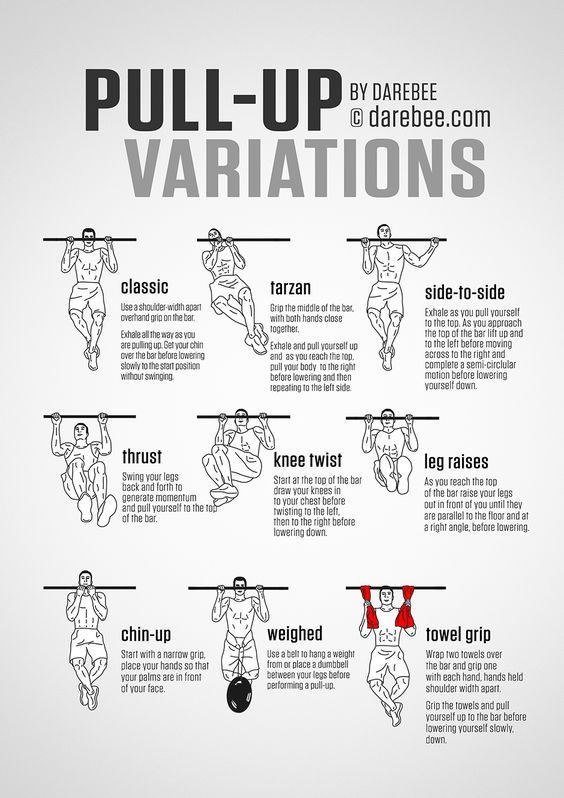 Obviously the exercise will complement that, and you will see faster results and quicker weight loss with BBS, but it really is about what you are putting into your body. I try to keep the amount of alcohol down as much as possible can. We are going to have a cafe in our studio called Hu Kitchen, and it is based on the Paleo diet, so no grain, no dairy, no gluten, hardly any sugar or starch. It's a lot of vegetables and protein. For me that is what works best — a very heavy protein diet, I don’t have many carbs at all.
Obviously the exercise will complement that, and you will see faster results and quicker weight loss with BBS, but it really is about what you are putting into your body. I try to keep the amount of alcohol down as much as possible can. We are going to have a cafe in our studio called Hu Kitchen, and it is based on the Paleo diet, so no grain, no dairy, no gluten, hardly any sugar or starch. It's a lot of vegetables and protein. For me that is what works best — a very heavy protein diet, I don’t have many carbs at all.
HB: Any superfoods you swear by?
SDLR: I’m obsessed with kale. And I love turkey. Other than that I just try to remember my green juice.
Media Platforms Design Team
3 of 4
HB: Any plans for more BBS studios?
SDLR: We are definitely going to open up this year in LA. We have also been looking at a space on the Upper East Side. For now, we have BBS-TV, which is like online streaming.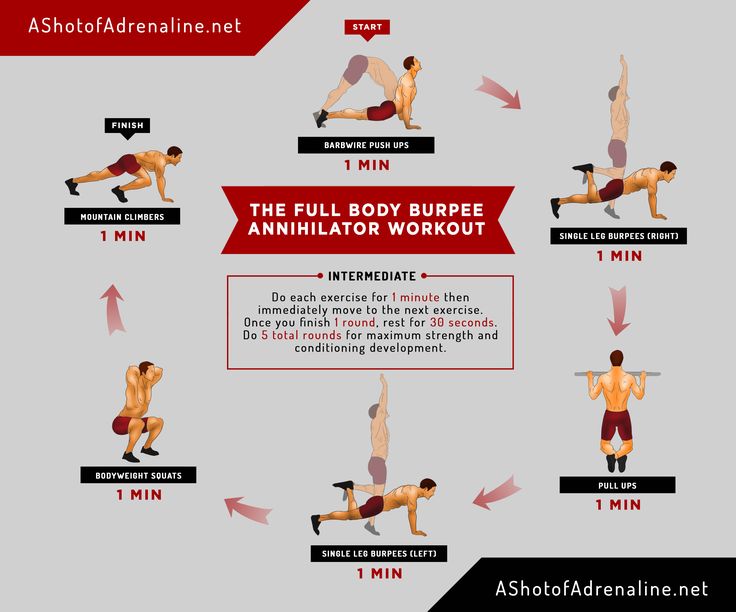 It’s a monthly subscription, like Netflix, and you have access to all of the videos. We have 25 videos on there at the moment, you can do 45 minutes of dance cardio, we have 5 different options of that. There is also a trampoline workout and a jump rope cardio for people who don’t want to dance. If you have 10 minutes we have arms. There are abs, and legs, full body blast, and even a couples workout.
It’s a monthly subscription, like Netflix, and you have access to all of the videos. We have 25 videos on there at the moment, you can do 45 minutes of dance cardio, we have 5 different options of that. There is also a trampoline workout and a jump rope cardio for people who don’t want to dance. If you have 10 minutes we have arms. There are abs, and legs, full body blast, and even a couples workout.
HB: Where do you find your instructors?
SDLR: Everyone at BBS is a professional dancer. Three of my head trainers I have known for 15 years. We worked together on musicals in Australia, and London and here.
Media Platforms Design Team
4 of 4
HB: What about music and fashion, any workout faves?
SDLR: I'm obsessed with the new Florence and the Machine and Bruno Mars — in cardio you need 132 beats per minute to get the heart rate up. I’m also obsessed with Newton shoes. I call it an old man's triathlon shoe.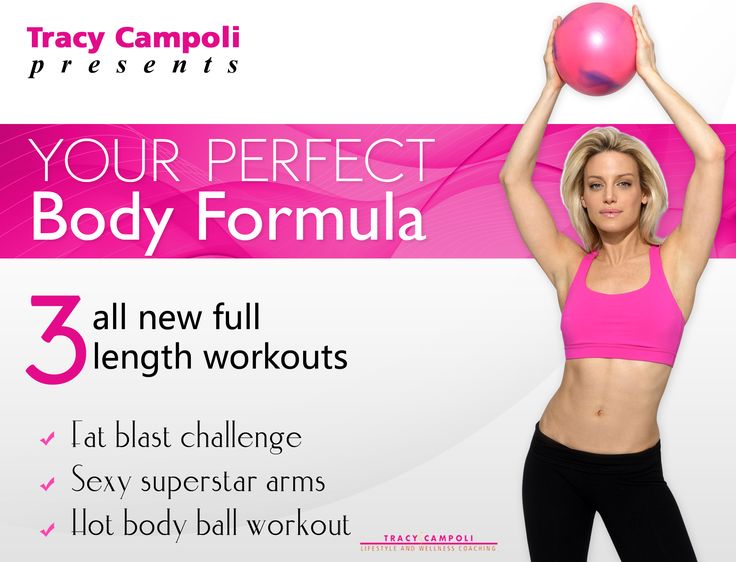 I love them because they are so light, they don’t smell, they breathe and come in really fun colors. I’m also in the process of doing my own workout line, because I’m wearing it all day long and I think a lot of the stuff out there is quite generic and I want to make it more funky, more street.
I love them because they are so light, they don’t smell, they breathe and come in really fun colors. I’m also in the process of doing my own workout line, because I’m wearing it all day long and I think a lot of the stuff out there is quite generic and I want to make it more funky, more street.
Exercises for dancers for all muscle groups
Development of all muscle groups.
Development of speed, endurance, coordination, flexibility.
Warm-up and functional training.
Exemplary team Dance and sports club AJAX
General body warm-up. Joint warm-up and for the development of the cardiovascular system
The meaning of the warm-up is to warm up all the moving parts of the body and develop the cardiovascular system.
- Warming up the shoulder girdle - turn the shoulders forward and backward in a circle.
- Work on breathing deep inhalations and exhalations with swinging arms
- Warming up the knees - legs together, kneading the knees in a circular motion.
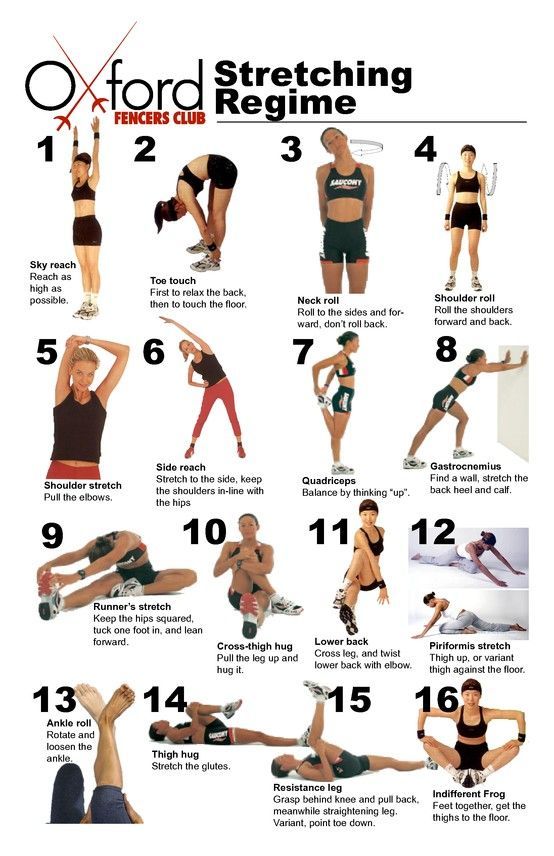
- Warming up of the elbow joints - circular movements of the hands from the elbows. Warming up the brushes is similar.
- Lunges to the side, lunges forward, lunge-rotation with an outstretched leg around the axis.
- Squats
Universal warm-up
approximately 10 reps
Joint part of the workout:
- Warming up the cervical-collar zone
- Hands - rotation in the lock clockwise and counterclockwise
- Elbows - rotation from the elbow
- Rotations from the shoulders - arms straight, maximum amplitude
- Raising the shoulders one at a time with a squat and rotating the body to the sides - rotations with going forward,
- Swinging the arms down and up alternately - smoothly, but in amplitude
- Raising the arms up with a circular work of the hands
- Arm rotation from the elbow + rotation with fixation
- Body - twisting of the body, legs shoulder-width apart, without sudden movements.

- Rotation of the trunk around the axis, pelvis in place
- Rotation of the pelvis.
- Pull down and up with a straight loin! , feet together.
- Forward bends with leg swings 2 times wider than shoulder width. Tilts to the side and forward with a straight back (center in a flat position without rounding the back) and dropping down and lifting up through the lower back.
- Mill - touch the rune of the opposite leg
- Rotation of the hips (bent leg at the knee) in a circle in 2 directions.
- One knee rotation. Knees together - Max. amplitude, with crouching heels do not tear off the floor.
- Feet - freely rotate each foot.
- Heel to toe roll, Max instep. Legs together, rib rolls from right to left, foot circles
Small muscle stretch :
- Elbow behind the head and pull alternately with the other hand
- Shoulder to one side and pull with the other hand.
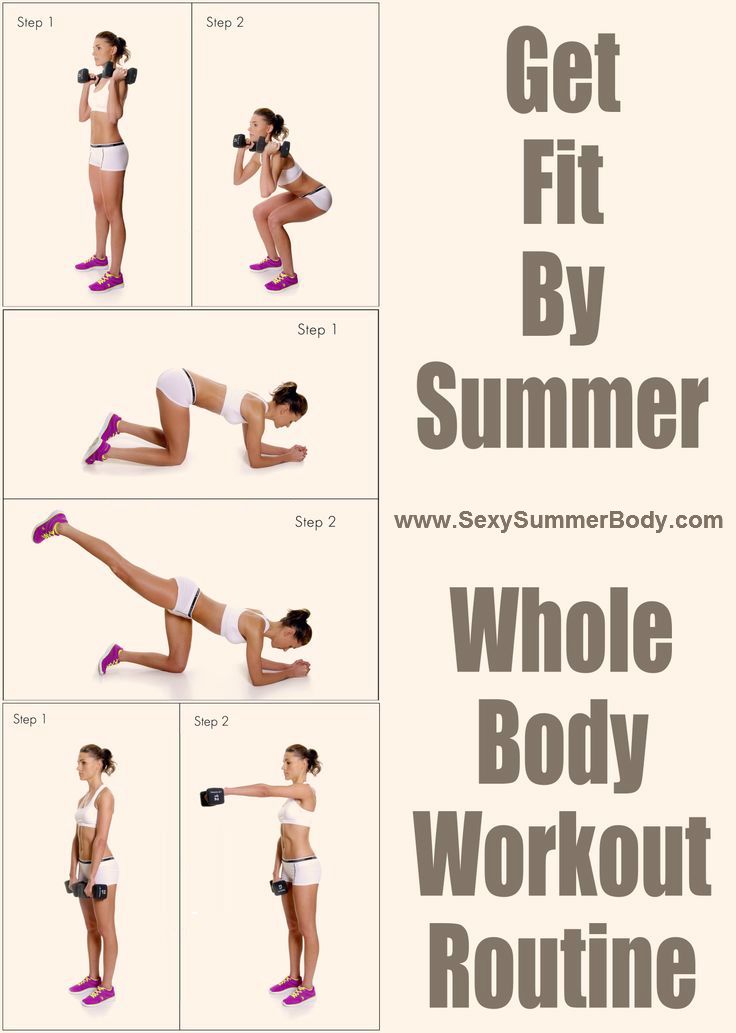
- We take the leg by the shin and pull it towards ourselves, the knee is as high as possible
- We pull the leg by the foot towards our buttocks, the back is straight.
Warming up the cardiovascular system :
- Jumps on two and one leg, with rotation of the pelvis for 30 seconds.
- Jumping Jack - arms up, legs out to the sides.
- Climber
- Running in place with the raising of the knees
Functional training
Functional warm-up with a movement of
- Lights to the side, lunges forward, lunge-extension with an elongated leg around the axis
- Squades with a forward movement
Functional jumping warm-up
- Jumping legs together, jumping legs together with hips and knees rotation 60 seconds
- Jumping with legs crossing, arms behind head 60 seconds
- Jumping, legs together - legs in a wide second position to the side, hands up clapping 45 seconds
- Jumping lunge touching the floor with the palm of your hand 3 scissors, 4 lunge
- Frog (jumping out of a squat position) + 4+4 squat.
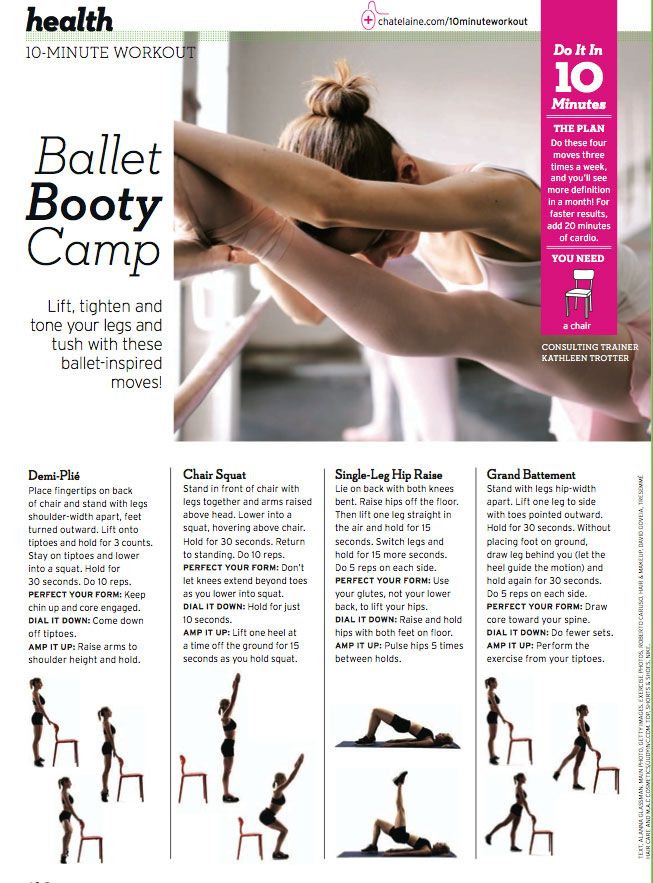 The knees do not go beyond the toes. The back is straight.
The knees do not go beyond the toes. The back is straight.
Functional fat burning tempo workout in place.
- Run in place 90 seconds
- Run in place with knees to palms 60 seconds
- Run in place with toes back to buttocks
Interval training (Tabata). Cardioture
Tabat interval training 20 seconds approach 10 rest:
- Cycle Jack
- Spring
- Berpi
- Lights
-
4-5 minutes, 2 sets of 10 repetitions with an interval of 10 seconds. knees 90 degrees.
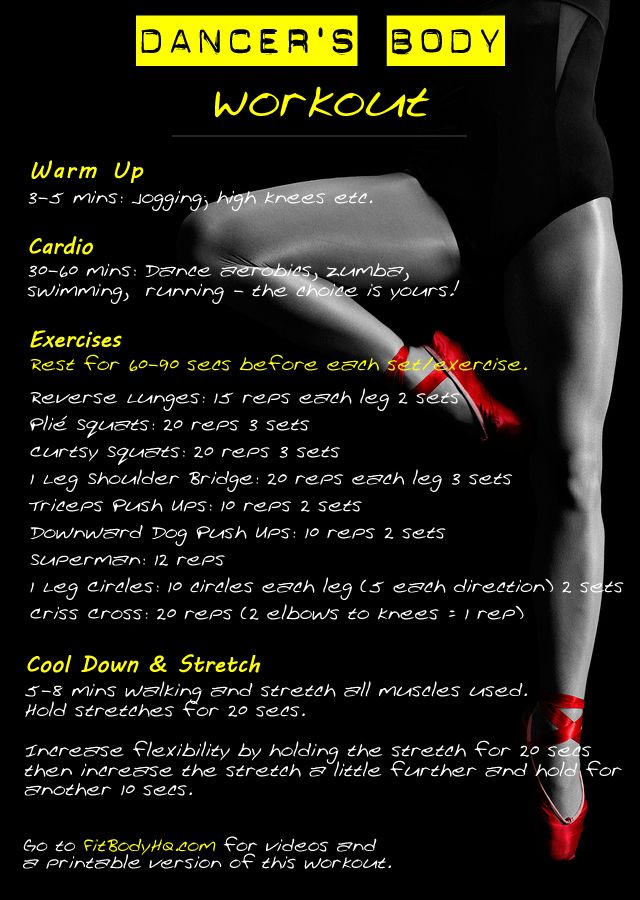 The knees do not go beyond the toes.
The knees do not go beyond the toes. Option 2.
Fat burning for 30 seconds, break 15 seconds.
- jumping legs to the side, arms up - Lunges with knees forward on the rise
- Jumping from a sitting position
- In push-up position, legs in a row and collection (the body is exactly on the same line, the abdominal muscles are in tension)
- Elbow-to-knee cross crunch exercise
- Squat with lifting and moving to the side
Leg, foot, thigh, buttock, hip work exercises
Squat - basic rules:
- concentration on the bend of the hip joint, then on the knees
- The knees should not go beyond the foot
- The depth of the squat - to parallel with the floor
- Watch for the displacement of the knees - directed to one side with the toes
- Straight back 9015 head position - look straight ahead, chin parallel to the floor.
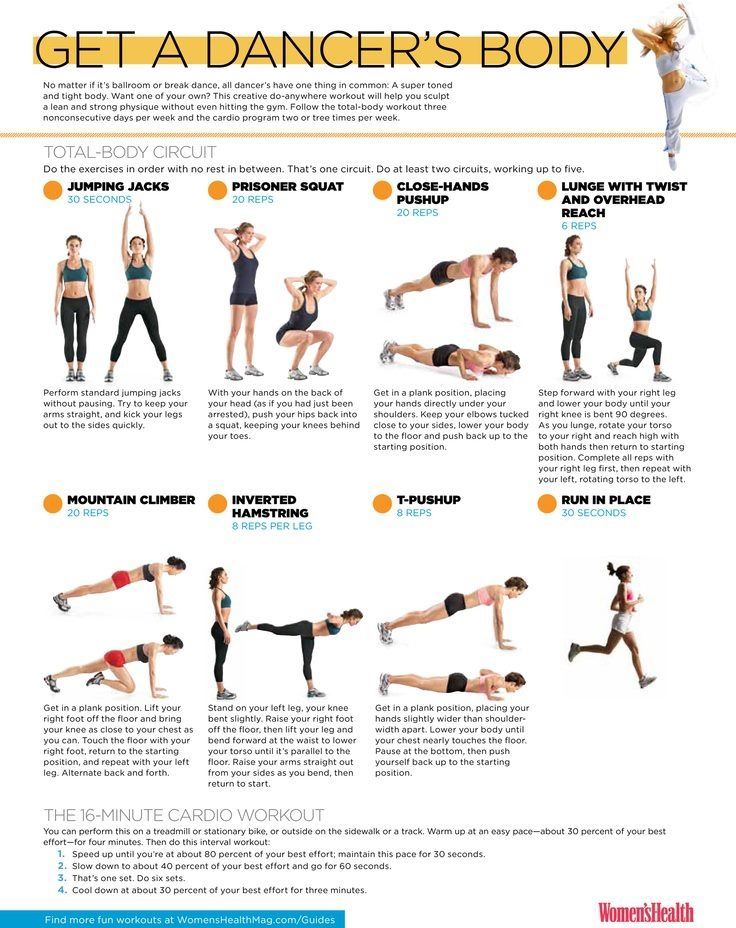
Exercises on the feet
- Ladder on all fours with an emphasis on the hands, legs alternately move and return to the body, the foot works with emphasis on the pads.
- Emphasis on hands, stand on insteps and gently press on them.
- Lifting on the toe of each leg alternately in the squat 20 times.
- Legs at shoulder level rise to the pads 50-40-30-20 times with a static break of 20-30 seconds.
- Stretching insteps.
Exercises for eversion of joints
- Eversion of joints
Exercises for the press
- Exercise vacuum for 15 seconds we retract the stomach.
- twisting with hands behind the head, with hands touching the floor
- twisting the legs up and reaching with the hands to the legs
- "book" - folding the arms and legs
- lying down, knees alternately to the press.
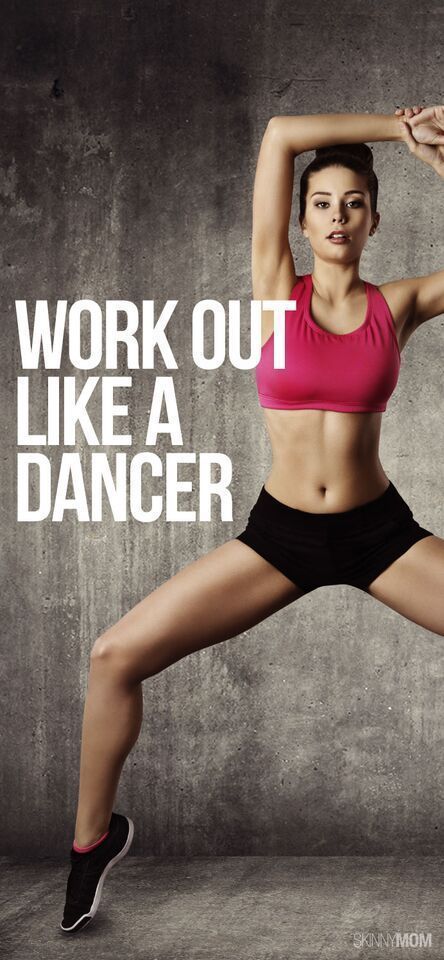 Knees alternately to the press and then swing the leg up
Knees alternately to the press and then swing the leg up
- Raising the legs in the prone position
- Exercises bike, "circles" with legs, "scissors" up and down and to the sides, "diver" analogue of a bicycle with a small amplitude of leg work
- 45 degree leg hold. Twisting with raised bent legs
- Plank, jumps in the plank, jumps with a flight up, leg extension in the plank, knee-elbow
- Plank "Saw" - plank with swinging back and forth on the toes with emphasis on the forearms, back with legs in a straight line without deflections.
- twisting elbow - knee
- lifting legs and pushing partner to the starting position
Exercises for the muscles of the back
Flexible back reaching for socks
- Pose "war" legs in a wide position in a lunge, arms straight to the sides, standing for 20-23 seconds sideways
types of flexibility and basic stretching exercises
Contents
A flexible body, elastic muscles and mobile joints are the key to beauty and health at any age.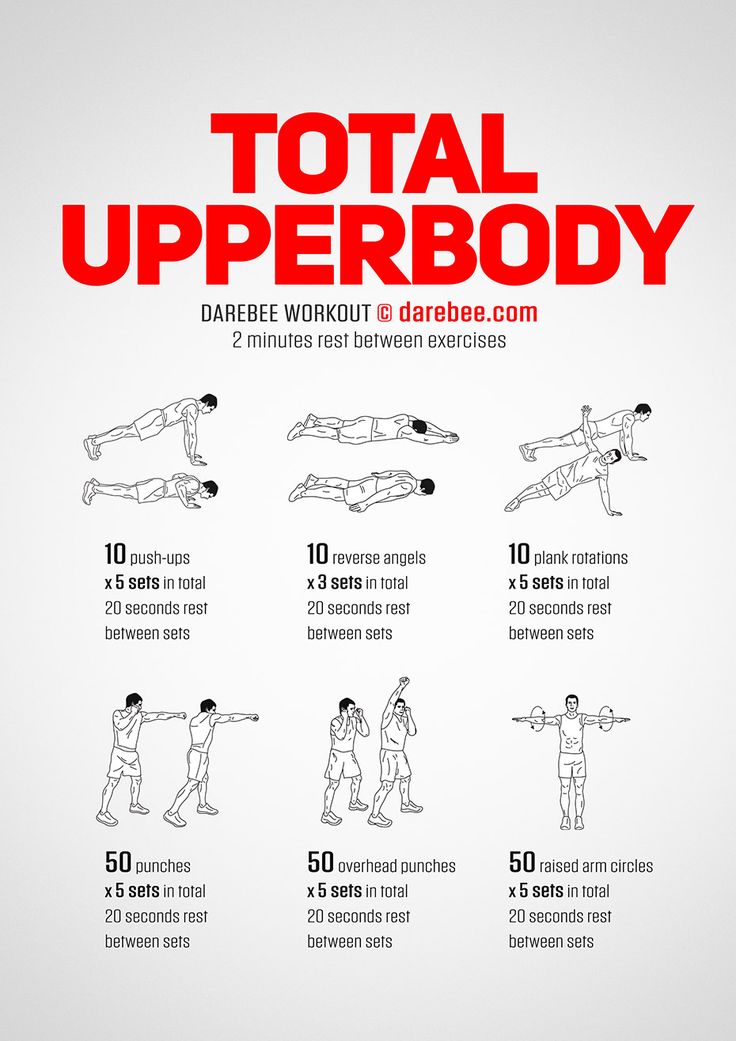 Flexibility is not only innate, but also an acquired quality. Without a doubt, every dancer should have it.
Flexibility is not only innate, but also an acquired quality. Without a doubt, every dancer should have it.
What is flexibility
Flexibility is the ability of the body, namely muscles, ligaments and joints, to give maximum amplitude in various movements and physical exercises.
The flexibility of the body depends on genetics, structural features of the joints, elasticity of the tendons. This indicator is also related:
- with age. Children and adolescents tend to be more flexible than adults;
- with floor. Women are naturally more flexible than men;
- with the level of physical fitness and fitness.
Types of flexibility as it is
There are several varieties:
- Dynamic flexibility is the maximum possible range of motion in a joint without any outside help. For example, standing against a wall, the athlete raises the leg to the highest possible level and holds it for several seconds.
 Also, the dynamic view is fixed when performing exercises, for example, with swings;
Also, the dynamic view is fixed when performing exercises, for example, with swings; - Passive (static) flexibility always exceeds active dynamic. It is achieved with an external impact on the joint. For example, the athlete or his partner holds the raised leg with the hand in maximum amplitude;
- Special refers to the mobility of specific joints. Different sports and dances require different levels of joint mobility;
- Anatomical. Habitual daily movements in terms of joint mobility are very limited. Use of the reserve of pledged flexibility up to 95% occurs only during special classes;
- Excessive flexibility is dangerous, as the stability of the joint is lost and the maximum stretching of muscles and ligaments is reached. This is fraught with injuries (dislocation, rupture, sprain).
Sign up for a trial lesson
Why flexibility is important for dancers
Good flexibility is the key to beautiful amplitude movements and speed of changing positions
A flexible body is more responsive, flexible and enduring.
Good amplitude in the work of all joints gives excellent coordination between all parts of the body.
The listed motor indicators are extremely important in dance. Movable joints and stretch-responsive muscles make the body supple, able to quickly perform complex movements and ligaments.
Flexibility can be improved by regular stretching.
What exercises help to develop flexibility
Stretching (from the English "stretching") always begins with a quality warm-up of the whole body. Pulling muscles and ligaments is possible only in a heated state. To do this, it is enough to perform a warm-up of 2-3 dynamic exercises, involving all the main joints.
Flexibility exercises:
- Neck . Grab your head with your right hand and press your ear against your right shoulder, stretching the left side of your neck. Lock the position for 30 seconds. Repeat with your left hand.
- Spine, thoracic .
 Starting position on all fours. Bend your back down and lift your head up, remaining in the position for 10-15 seconds. Arch your back up, lowering your head down. Hold the position for another 15 seconds. Repeat several times at a slow pace.
Starting position on all fours. Bend your back down and lift your head up, remaining in the position for 10-15 seconds. Arch your back up, lowering your head down. Hold the position for another 15 seconds. Repeat several times at a slow pace. - Spine, back of thighs . An exercise from the arsenal of yoga "Downward Dog". Place your feet and hands on the floor shoulder-width apart and bring them closer until you reach the body in an inverted V. The foot is completely on the floor, legs are straight. For greater effect in position, you can sway slightly, creating a arch in the back.
- Spine, core muscles . Lying on your stomach, bend your knees, bring your feet to your buttocks. Wrap your arms around your feet and pull your legs back and up. The thoracic spine takes the maximum deflection. The position is fixed for 20-30 seconds.
- Hip extension .
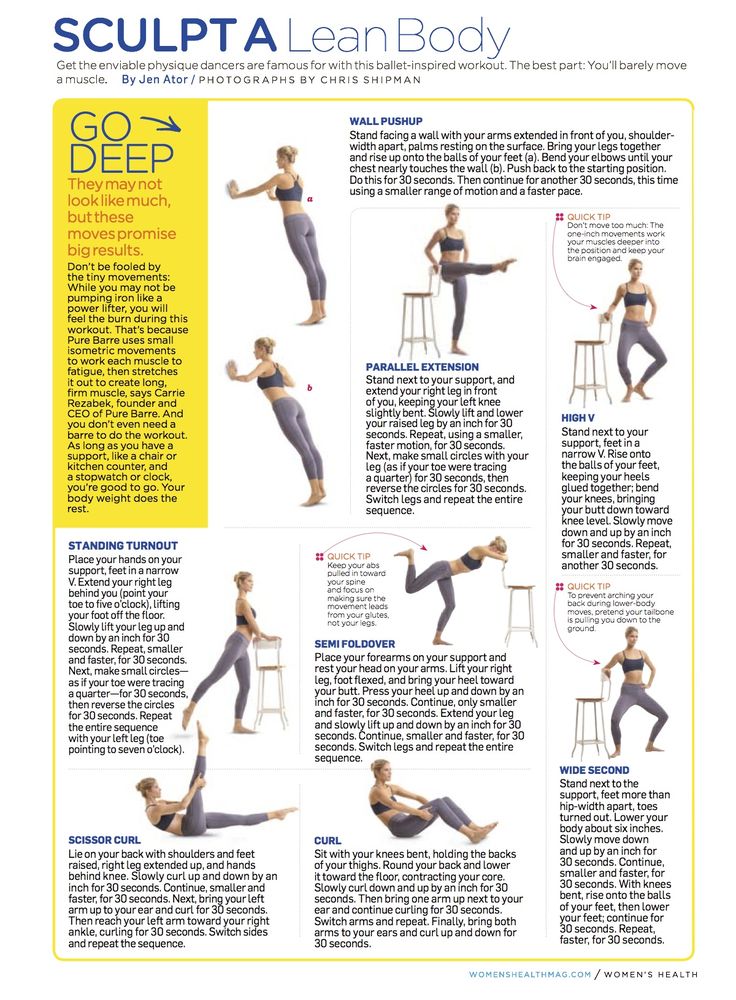 Lunge forward with your right foot and shift your weight onto it. Tilt your body forward and lean on your elbows. Maintain the position for up to 30 seconds. Repeat with the other leg.
Lunge forward with your right foot and shift your weight onto it. Tilt your body forward and lean on your elbows. Maintain the position for up to 30 seconds. Repeat with the other leg. - Lateral Thigh Extension . Sitting on the floor, spread your legs as wide as possible. Place your body and arms on the floor as far as possible. Stay in position for up to 30 seconds.
Tips from experienced choreographers for stretching
Flexibility exercises are performed at a calm pace, the muscles are stretched until a slight tolerable pain appears. In each position, you should stay up to 20-30 seconds, holding the maximum amplitude of the stretch.
For general flexibility development, it is enough to stretch 1-2 sessions per week as a small addition to the main workout. The presented set of flexibility exercises is one of the possible options for this form of training.
If increasing the flexibility of the body is the main task, then it is worth doing stretching in the format of a full-fledged lesson.